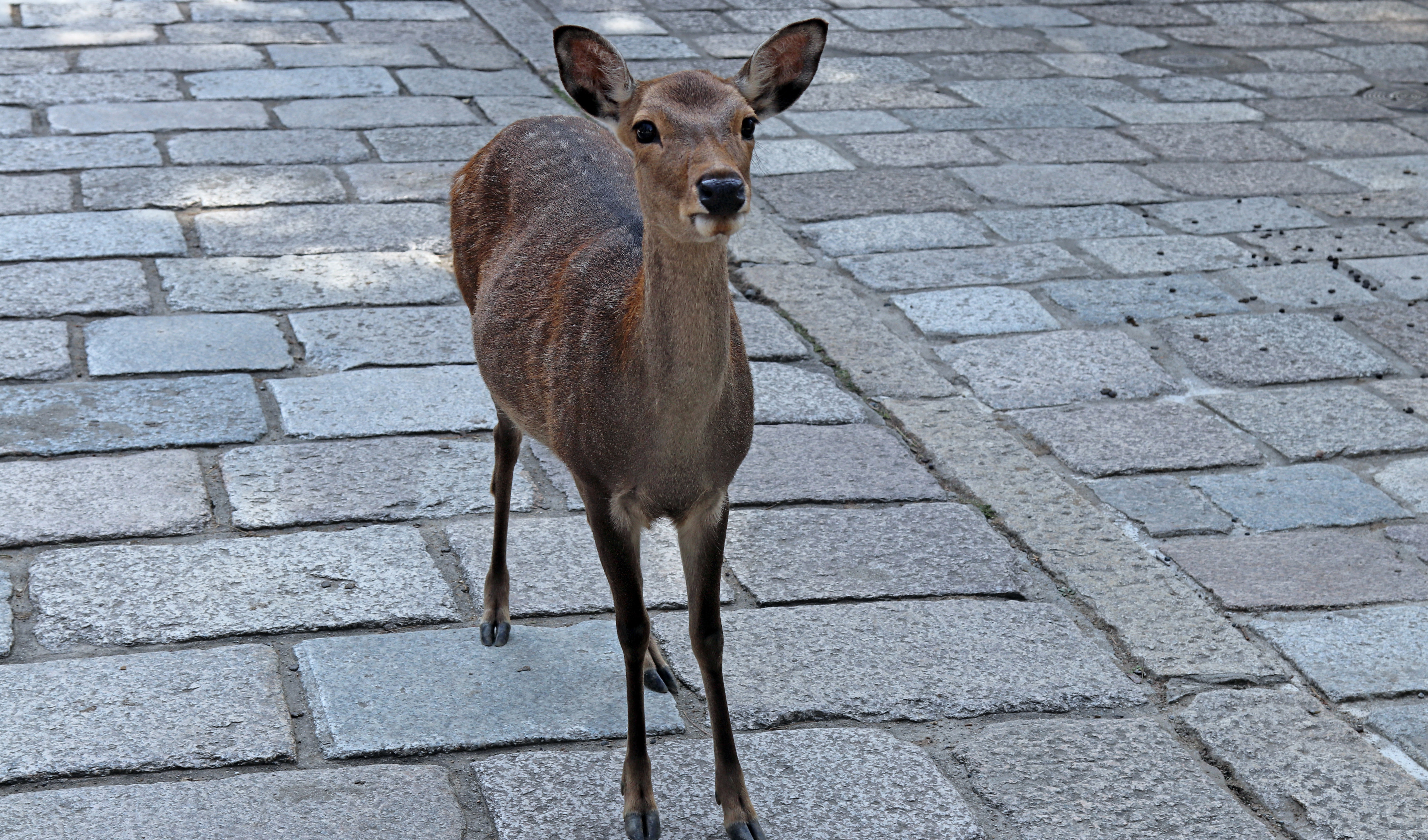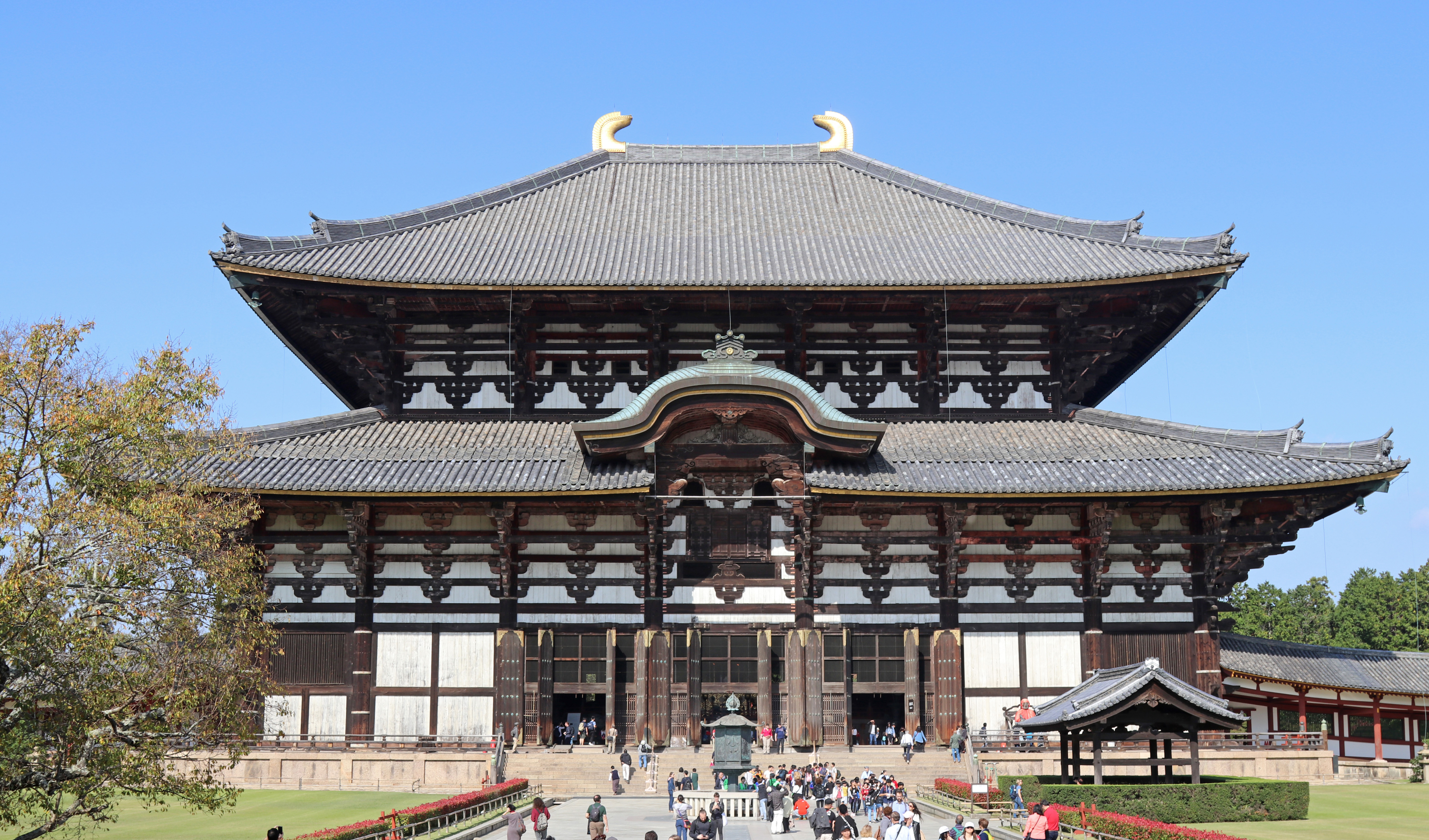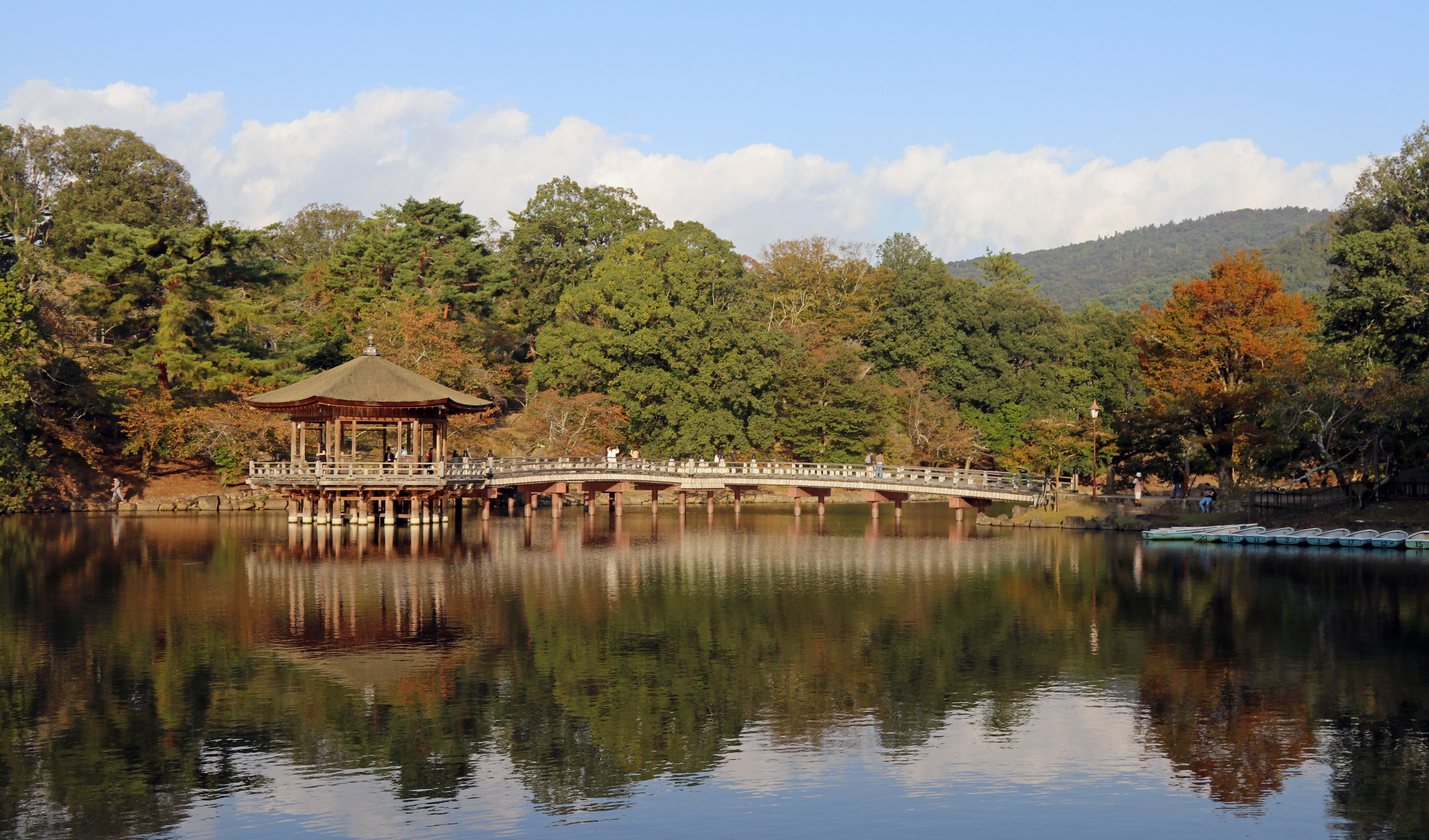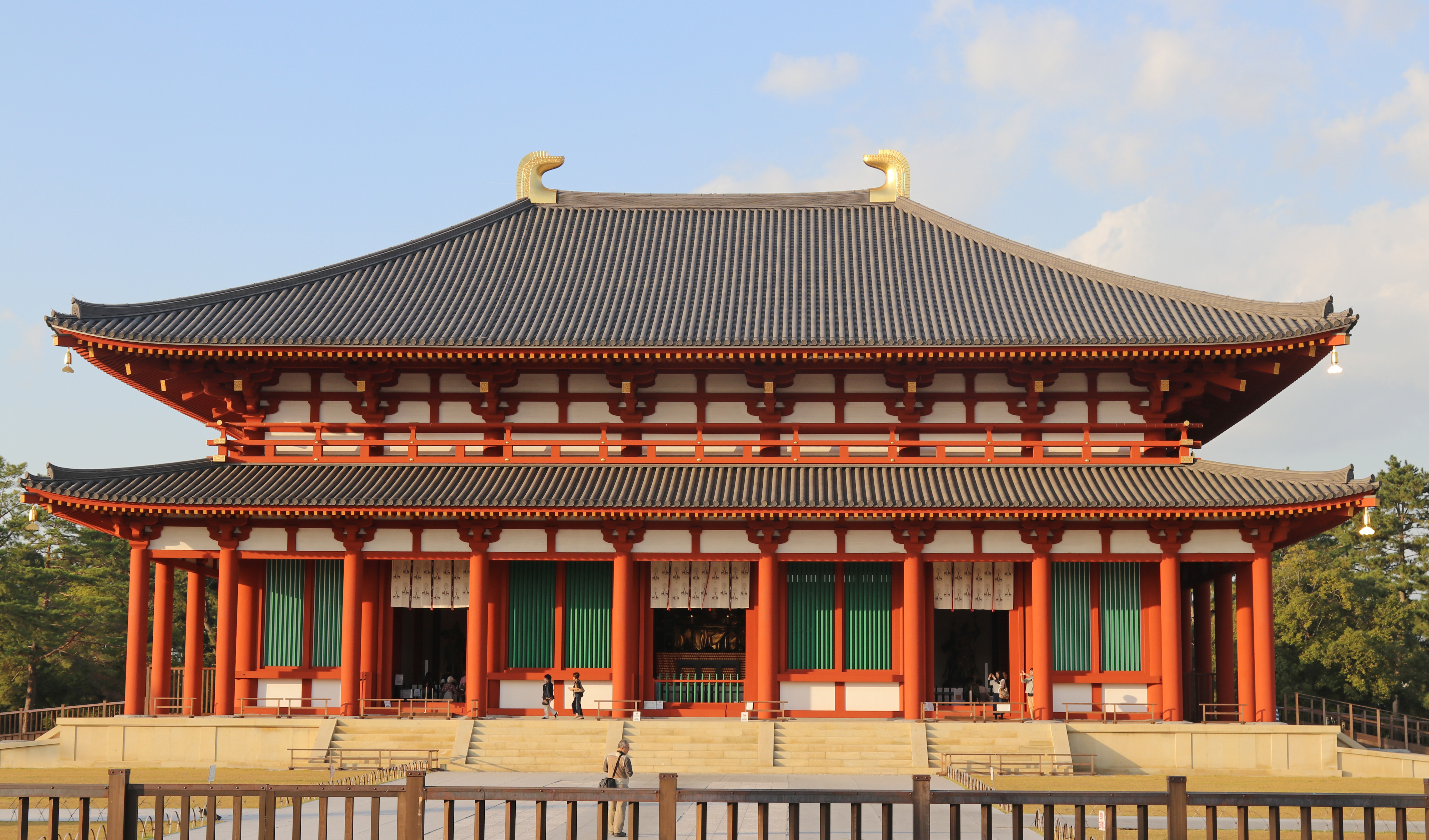Nara
Nara was
Japan’s first permanent capital and first established in the year 710, when the
city was then called Heijo. Before 710, the capital used to be moved to new
location whenever there was a new emperor on the throne.
Nara is
located at the northern end of the Yamato Plain, and where the members of the
Yamato clan rose to power as the original emperors of Japan. Until the 7th
century Japan and no permanent capital, as at the time the capital had to be
moved after the passing of each emperor, as stipulated by the Shinto
taboos. However, this practice died out
under the influence of Buddhism and the Taika reforms in the year 646, when the
entire country came under the imperial control. Of which at this time a
permanent capital was declared to be built. There were two locations tried
before the permanent capital finally became Nara, or Hejiokyo as it was known
then in 710.
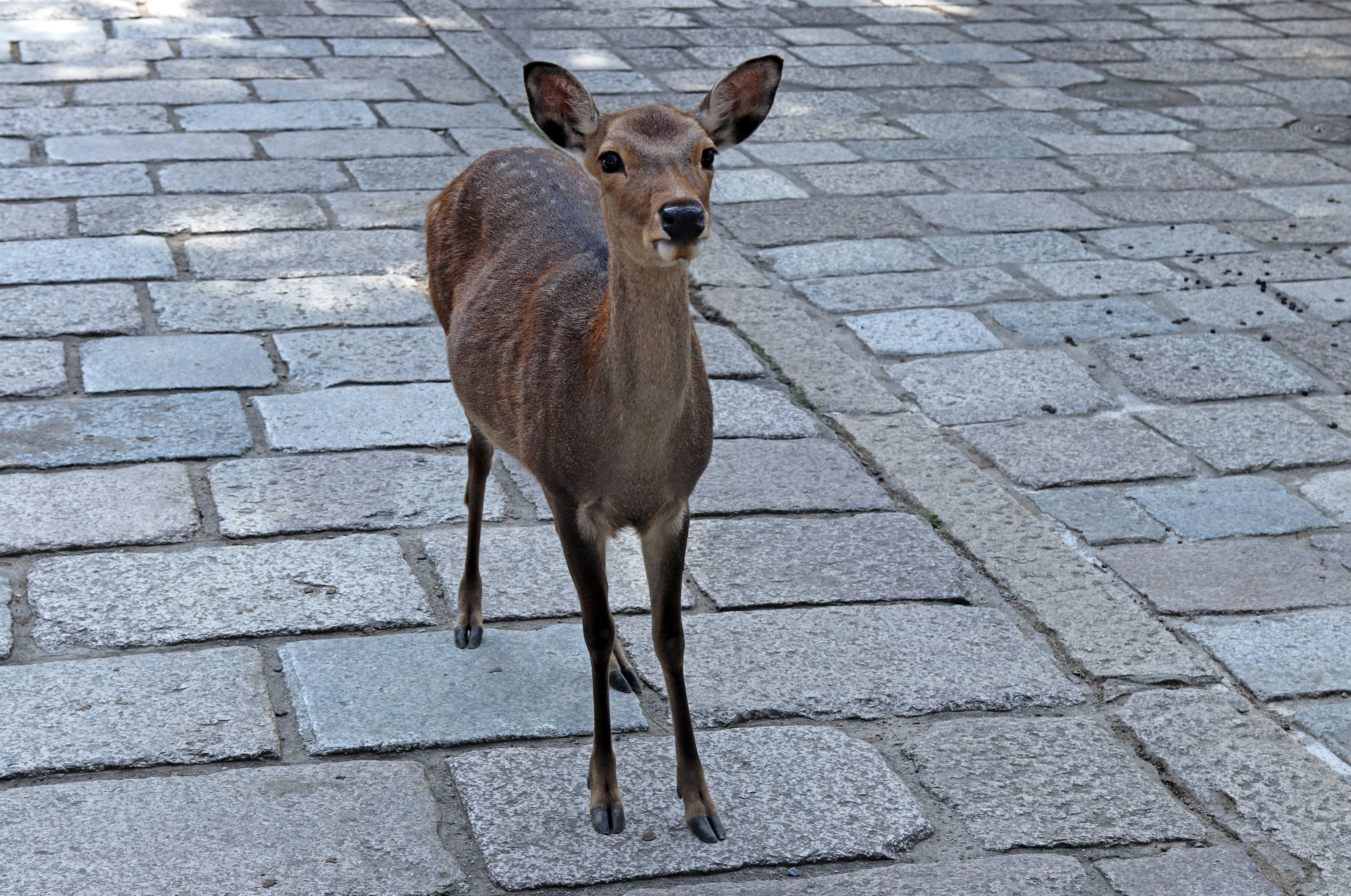
Nara is only about an hour train ride from Osaka or Kyoto. When we visited, we travelled from Kanazawa to Nara, which included changing trains at Kyoto Station. We first travelled from Kanazawa Station on the train named the “Thunderbird” to Kyoto Station, and then changed platforms to the Nara Line, taking the train to Nara Station. In total the train journey took about 3 hours. We arrived at Nara Station mid-morning, before going to see the sights we first dropped our bags off at the hotel which was located right next to the station. This hotel was particular nice, modern, and quite luxurious! And although not the cheapest hotel of this trip, it was still a very reasonable price, considering its location as well. As mentioned in our previous articles we research and book all our “sightseeing” hotels in advance to our trip and pay on the day. Also, the hotels can be cancelled for free, and depending on the hotel even up to a few days before the booking.

But
permanent status only lasted 75 years…as it was decided to move the imperial
court away from Nara’s increasingly powerful Buddhist monasteries, which were
coming a serious threat to the government. The capital was first moved to
Nagaoka in 787 and then later established in Kyoto, about 35km north of Nara.
Although Nara was not the capital for a long period the time was extremely
vigorous which laid the foundations of the Japanese culture and civilisation.
Nara has also been spared the subsequently periodical spells of destruction
though the history and so magnificent buildings have managed to survive.
Because of
its rich past, Nara is a city full historic treasures, including some of Japans
oldest and largest temples.




